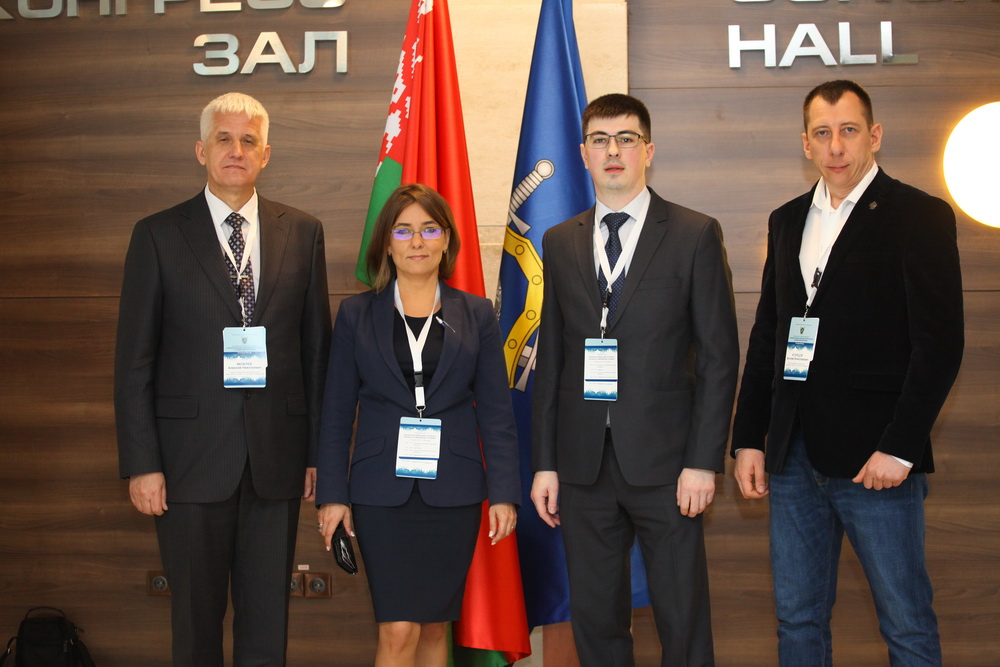
Address of the reception office of the Investigative Committee: Moscow, ul. Pervaya Frunzenskaya, d 3a
Address for writtent applications: 105005, Moscow, Tekhnichesky Pereulok, 2
Address of the reception office of the Investigative Committee: Moscow, ul. Pervaya Frunzenskaya, d 3a
Address for writtent applications: 105005, Moscow, Tekhnichesky Pereulok, 2

On April 12-13, the International Scientific and Practical Conference on “Improvements of Investigation in Terms of IT Development” hosted by the Investigative Committee of the Republic of Belarus in Minsk.
The invitation of the Belarus Committee was accepted by its colleagues from the Russian Federation, Republic of Kazakhstan, and Georgia. Participants of the event included representatives of Belarus state authorities considered by the Criminal Procedural Code as bodies responsible for criminal proceedings, as well as of expert and scientific institutions and leading universities of Belarus, Russia, and other countries of CIS.
“We cannot consider future progressive development of preliminary investigation area outside the context of world tendencies and realities,” told the journalists Ivan Noskevich, the Chairman of the Investigative Committee of the Republic of Belarus.
The conference included a discussion of issues of using information, communication and other technologies during preliminary criminal proceedings and foreign experience of their use; prospects of implementation of electronic probes elements into the criminal procedure; organising of investigation into high-technology crimes; relevant issues of investigation into crimes involving cryptocurrencies.
A welcoming address on behalf of Alexander Bastrykin, the Chairman of the Investigative Committee of Russia, was delivered at the conference. The address underlined the importance of establishing contacts between law enforcement authorities and maintaining a dialogue between scientists and experts. Officers of the Main Forensics Directorate of the Investigative Committee of Russia and Saint Petersburg Academy of the Investigative Committee of Russia took part in the event and shared their experience in removal of all types of electronic storage devices, computer and mobile equipment; use of digital information for investigative purposes; use of 3D visualization of crime scenes and surrounding items to be listed in scene-of-the-crime report for training; compliance with legal requirements in examination of digital information during investigative activities and forensic expertise.